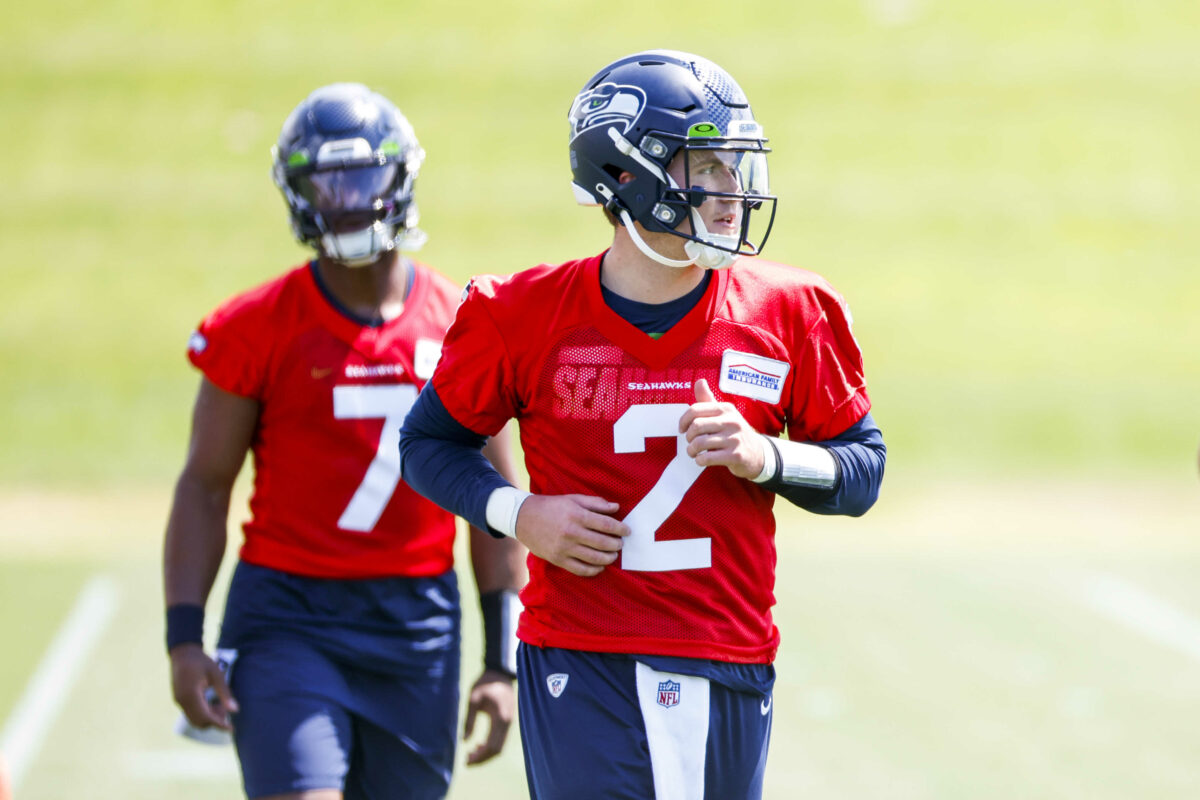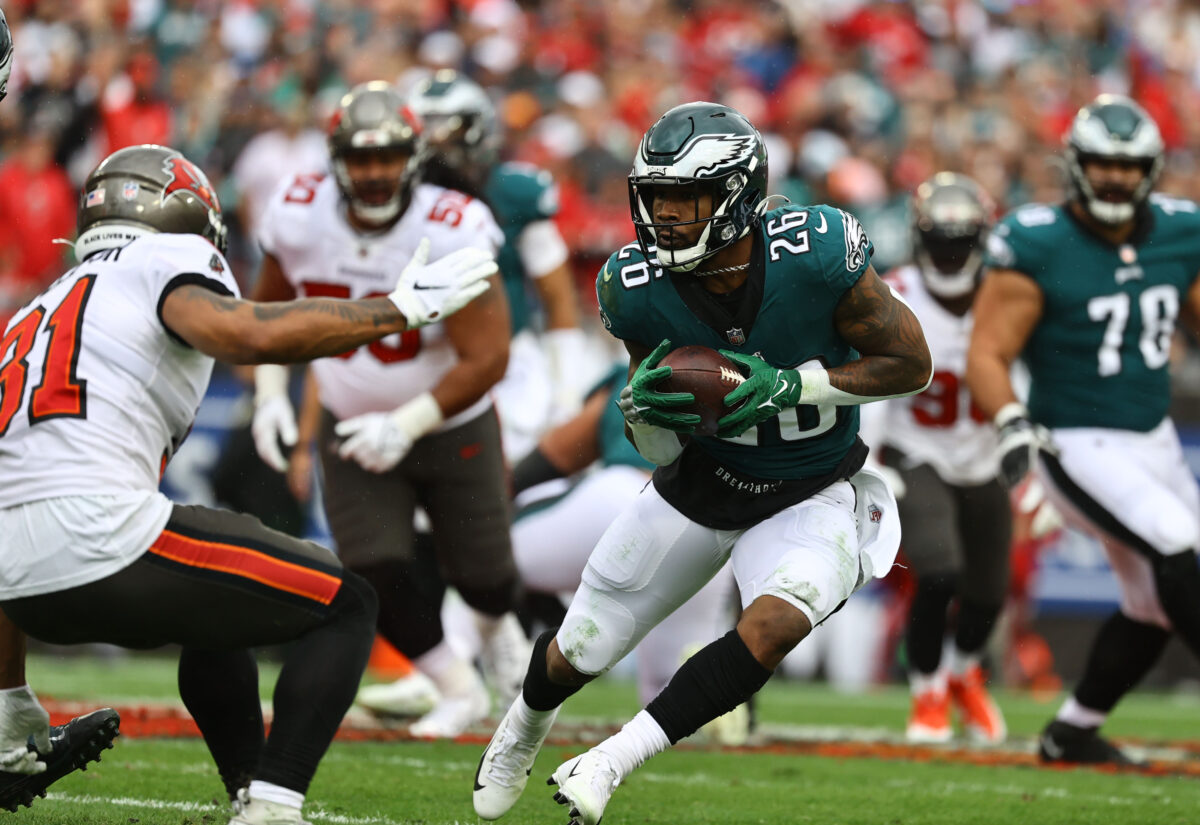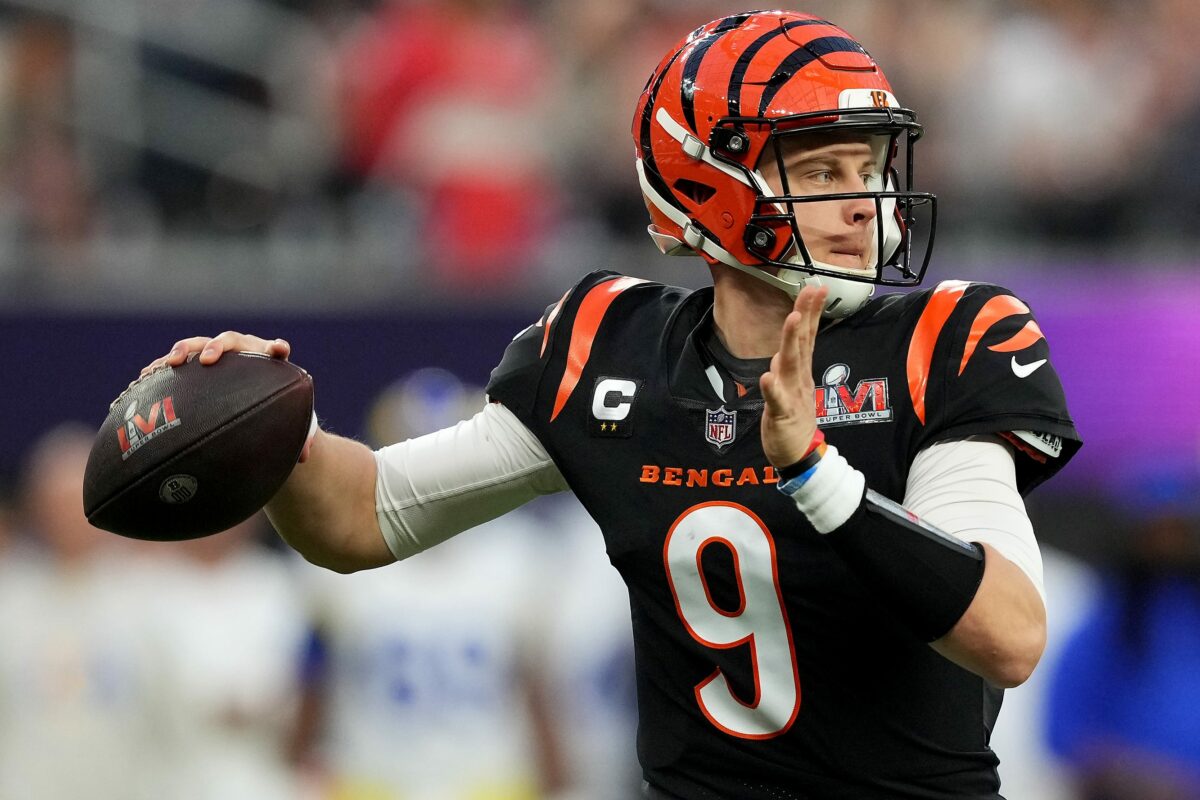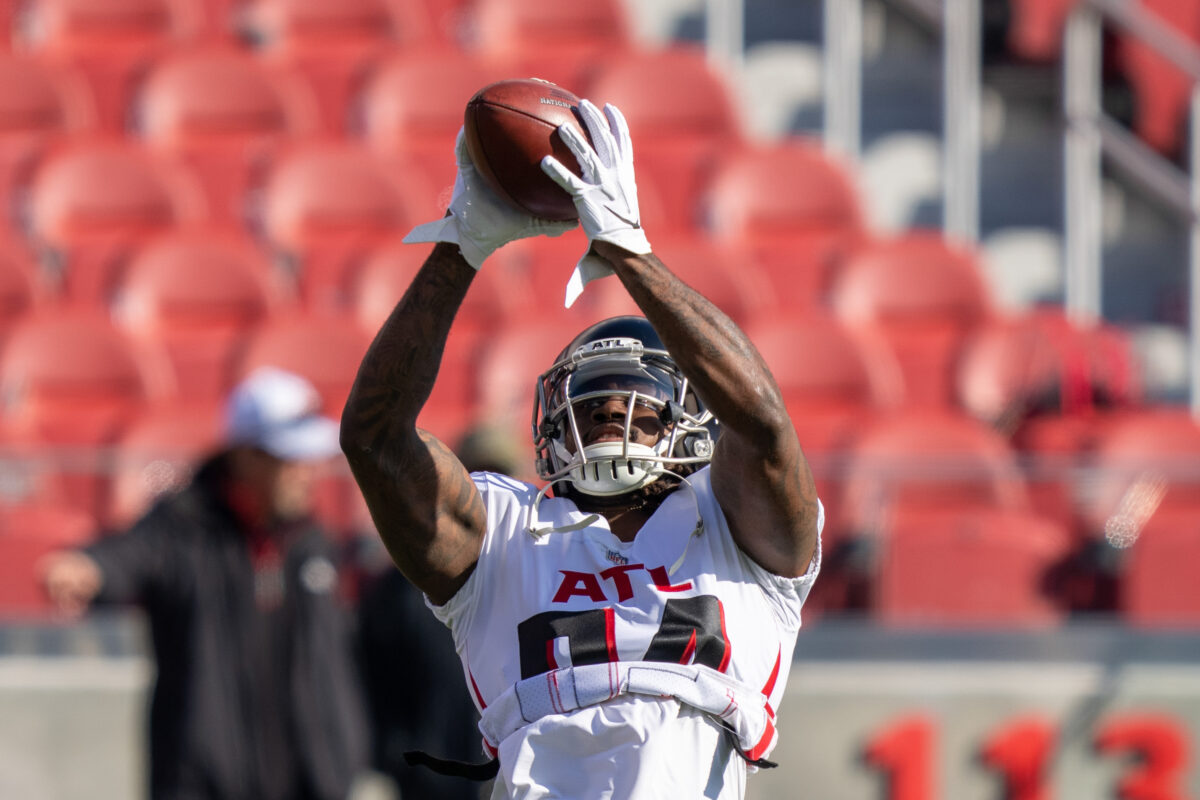For the past decade, the Seattle Seahawks have been led by the combination of head coach Pete Carroll and quarterback Russell Wilson. That changed this offseason when the Seahawks flipped Wilson to the Denver Broncos in exchange for QB Drew Lock, tight end Noah Fant, defensive end Shelby Harris, and five draft picks, including two first-rounders.
That move announced Seattle’s decision to start rebuilding their roster after winning just one playoff game over the last five years. There were rumors that more moves could be in the offing, most notably trading away one (or both) of wide receivers DK Metcalf and Tyler Lockett, though as of now the tandem remains on roster and appears likely to remain there, at least to start the 2022 season.
Regardless of who lines up on the outside, it’d be surprising to see the Seahawks not lean into their long-preferred formula of featuring a ground game that includes running backs Rashaad Penny, Kenneth Walker III, and possibly Chris Carson (neck), though a neck injury clouds his future.
With Wilson gone, Lock and veteran Geno Smith are set to compete for the starting job in the Emerald City. The team has had a lot of positive things to say about Lock, and their decision not to target a quarterback in the draft, even as several of the better prospects tumbled into the middle rounds, suggests there’s more than just bluster there. Smith went 1-2 as a starter when Wilson was hurt last season, but his two losses were by a combined six points, so the team knows it can be competitive with him.
Drew Lock
A second-round pick of Denver in 2019, Lock went 8-13 in 21 starts, most of which came in 2020. He had his moments, passing for four TDs against the Carolina Panthers, and throwing a touchdown pass on the final play to upend the Los Angeles Chargers, but those were overshadowed by the type of poor decision-making that saw him tie for the NFL lead in interceptions (15) in 2020 despite finishing 20th in attempts. It was painfully obvious that the Broncos coaching staff had lost faith in Lock by last season, electing to play a visibly injured Teddy Bridgewater ahead of him.
Tired of losing your league every season? Be sure to sign up for The Huddle today to gain an award-winning edge on the competition! We have 26 years of experience online building fantasy football champions.
While the results have been lacking, Lock isn’t without some talent. He has good size, a strong arm, and underrated athleticism that could allow him to supplement the ground game if Seattle decides it wants to incorporate read options or designed runs.
There’s considerable talent at the skill positions as well, though it’s not like he’s coming over from a talent-strapped squad in Denver that included WRs Jerry Jeudy and Courtland Sutton. Entering Year 4, Lock needs to prove he can be a starter in the NFL, and perhaps a change of scenery is what he needs.
Geno Smith
Per Carroll, Smith has a leg up for the No. 1 job by virtue of having spent the last year in the team’s system, and the veteran has reportedly been splitting first-team reps with Lock in Smith’s second season with Seattle. That’s all well and good for June, but you must believe the team wants Lock to win the job considering how limited we know Smith to be after bouncing around the NFL since 2013.
While Smith has 34 career starts, 30 of them came in his first two seasons, meaning he’s made just four in seven years since. He’s a game manager, but he won’t lose many games for you, and that carries some value in the NFL.
Fantasy football outlook
There’s only intrigue here if Lock wins the job. If Smith is the starter, you can bank on a steady diet of handoffs and short throws where ball security is the top priority.
If it’s Lock, he at least carries a mix of athleticism and arm strength that could potentially generate some fantasy value — his ceiling might be as a Wish.com version of Philadelphia Eagles QB Jalen Hurts.
Unless you’re bullish on Lock, however, it’s safe to leave him as a watch-list candidate. In best-ball formats, Lock is worth a QB3 selection behind two safe options or No. 4 spot otherwise.





